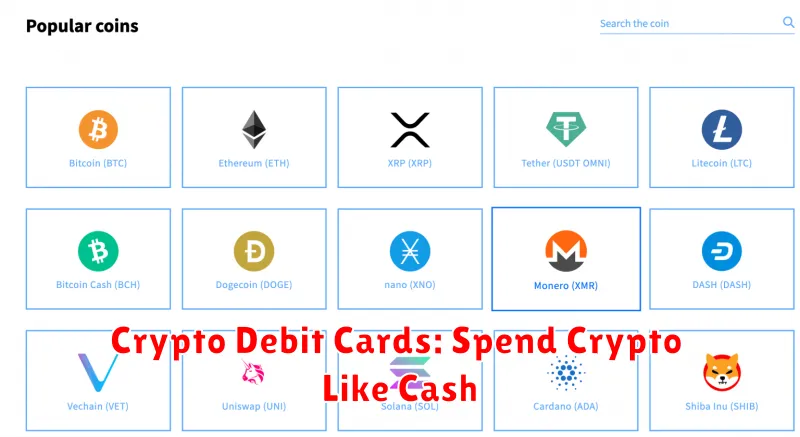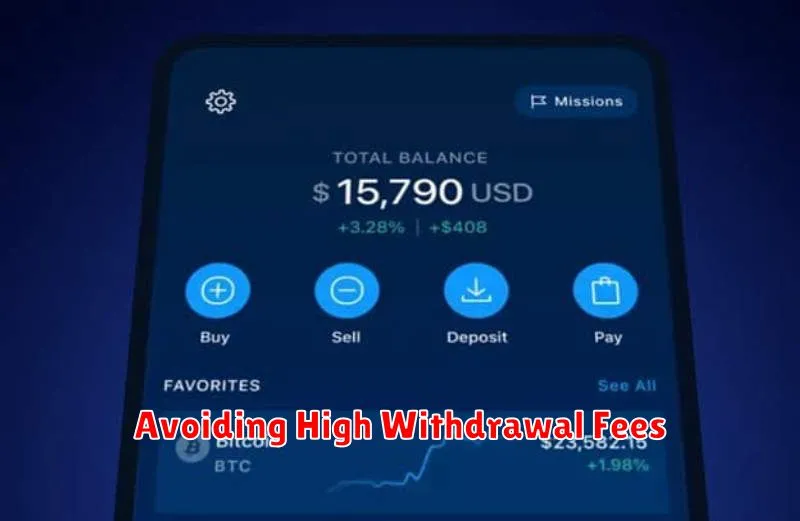Are you ready to convert your cryptocurrency into fiat money? This comprehensive guide provides a step-by-step walkthrough on how to safely and securely exchange crypto for cash, minimizing risks and maximizing your financial security. Learn how to choose reputable crypto exchanges, understand the fees involved, and navigate the complexities of tax implications for a smooth and successful crypto-to-fiat conversion process. Whether you’re looking to cash out Bitcoin, Ethereum, or other altcoins, we’ll equip you with the knowledge to confidently manage your digital assets.
Choosing the Right Exchange for Fiat Conversion

Converting cryptocurrency to fiat currency requires selecting a reputable exchange. Security is paramount; choose an exchange with a proven track record and robust security measures, including two-factor authentication (2FA) and cold storage for a significant portion of their assets. Look for exchanges with transparent security practices and a history of resisting hacks.
Fees vary considerably between exchanges. Compare transaction fees, withdrawal fees, and any potential hidden costs before making a choice. Consider the fees associated with both the crypto-to-fiat conversion and the fiat withdrawal method.
Liquidity is crucial for efficient conversions. A highly liquid exchange will allow you to sell your cryptocurrency quickly without significantly impacting the price. Check the trading volume of the specific cryptocurrency you want to sell to ensure sufficient liquidity.
Reputation and Regulation are key factors. Research the exchange’s history and regulatory compliance. Opt for exchanges that are registered and operate under the purview of relevant financial authorities. User reviews and independent audits can offer valuable insights into an exchange’s trustworthiness.
Withdrawal Options should align with your preferences. Consider the available withdrawal methods (bank transfer, debit card, etc.) and the associated fees and processing times. Ensure the exchange supports your preferred payment method and country of residence.
Ultimately, choosing the right exchange involves a careful balancing act between security, fees, liquidity, reputation, and ease of withdrawal. Thorough research and comparison are vital steps in ensuring a safe and efficient fiat conversion.
How P2P Trading Works

Peer-to-peer (P2P) crypto trading platforms connect buyers and sellers directly, eliminating intermediaries like exchanges. Buyers initiate a trade by selecting a seller and the desired cryptocurrency and fiat currency. They then agree on a price and payment method.
The seller releases the cryptocurrency only after receiving the agreed-upon fiat currency. The platform acts as an escrow service, ensuring both parties are protected. Once the payment is confirmed, the platform releases the cryptocurrency to the buyer, completing the transaction.
Security features vary depending on the platform, but many utilize escrow and reputation systems to protect users from scams. Users can check seller ratings and reviews to assess their trustworthiness before initiating a trade. Choosing a reputable P2P platform is crucial for a secure transaction.
Popular P2P platforms offer varying payment methods including bank transfers, mobile payments, and e-wallets, giving users flexibility in choosing their preferred method.
P2P trading offers a relatively direct and transparent way to convert crypto into fiat, but it’s essential to conduct thorough due diligence before engaging in any transaction. Always prioritize reputable platforms and prioritize security measures.
Crypto Debit Cards: Spend Crypto Like Cash

Crypto debit cards offer a convenient way to convert your cryptocurrency into fiat money for everyday spending. These cards link to your cryptocurrency exchange account or wallet, allowing you to spend your crypto holdings as you would with a traditional debit card.
Functionality: When you make a purchase, the card automatically converts the required amount of cryptocurrency into your chosen fiat currency (e.g., USD, EUR) at the current market rate. This process is typically seamless and instantaneous at the point of sale.
Advantages: The primary benefit is the ease and speed of converting and spending crypto. It eliminates the need for manual conversions and waiting periods associated with other methods. Many cards also offer additional features like cashback rewards or other perks.
Considerations: Fees are important to consider; transaction fees, exchange rate fees, and monthly maintenance fees can vary significantly between providers. Security is paramount; choose a reputable provider with robust security measures to protect your crypto holdings. Exchange rates are subject to market fluctuations, which can affect the value of your transactions. Finally, not all merchants accept all types of crypto debit cards.
In summary, crypto debit cards provide a simple and efficient method for using your cryptocurrency like cash, but careful consideration of fees and security features is crucial for a safe and beneficial experience.
Avoiding High Withdrawal Fees

Converting cryptocurrency to fiat money often involves withdrawal fees. To minimize these costs, carefully choose your exchange. Compare fees across different platforms; they can vary significantly. Look for exchanges that advertise low or no withdrawal fees, particularly for your chosen fiat currency and withdrawal method (e.g., bank transfer, debit card).
Timing can also impact fees. Some exchanges charge higher fees during peak hours or apply tiered pricing based on withdrawal volume. Consider withdrawing during off-peak times to potentially save money. Withdrawal methods also matter; bank transfers are often cheaper than using debit cards, which can involve higher processing fees.
Transaction size is another factor. Larger withdrawals may incur proportionally lower fees than smaller ones due to fixed transaction costs. If possible, consolidate smaller amounts before withdrawing to reduce per-transaction fees. Read the fine print carefully before initiating any withdrawal to understand all applicable fees and potential hidden charges.
Tax Implications When Cashing Out Crypto

Converting cryptocurrency to fiat currency has significant tax implications that vary depending on your location and individual circumstances. It’s crucial to understand these implications to avoid penalties.
In many jurisdictions, the sale of cryptocurrency is considered a taxable event. This means that any profit (capital gains) you make from selling your crypto is subject to income tax. The tax rate will depend on your overall income and the applicable tax bracket.
Holding period matters. Generally, longer-term holdings (typically one year or more) are taxed at a lower capital gains rate than short-term holdings. The specific timeframe varies by location.
Record-keeping is paramount. Meticulously track all your cryptocurrency transactions, including purchase dates, amounts, and sale prices. This documentation will be essential when filing your taxes.
Tax laws surrounding cryptocurrencies are constantly evolving. Consult with a qualified tax professional or financial advisor familiar with cryptocurrency taxation in your jurisdiction for personalized advice. They can help you navigate the complexities and ensure compliance.
Failing to properly report your cryptocurrency transactions can result in significant penalties and interest. Proactive tax planning is crucial to avoid these consequences.

